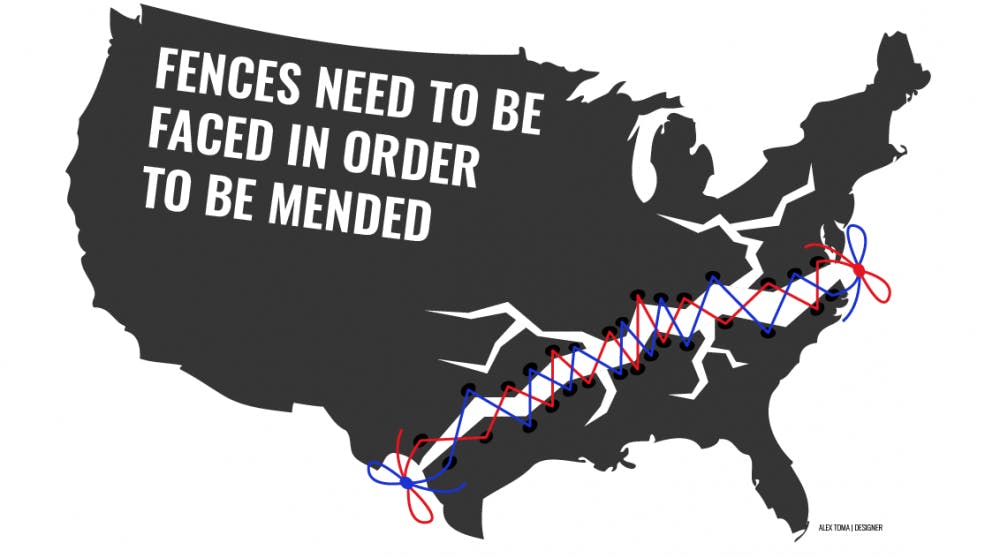With the opening of the National Memorial for Peace and Justice in Montgomery, Alabama, the United States has the opportunity to face a dark sect of its past that is hard to do. The museum commemorates the lynchings of more than 4,000 African Americans from the late 1800s to 1950. The new museum contains 800 dark, rectangular steel columns that represent the counties where lynchings took place in the United States. Some of the columns even hang from the ceiling, which is an accurate portrayal of how black bodies hung from trees in towns and cities across the southern part of the country. As Billie Holiday famously sang in 1939, “Southern trees bear strange fruit, with blood on the leaves and blood at the root.”
At times, it can be uncomfortable to publicly acknowledge such heinous, vile acts. But in order to move forward, it has to be done. There are at least 100 recorded lynchings in North Carolina, including at least one in Alamance County. That instance was the lynching of Wyatt Outlaw in 1870. According to the Burlington-Times News, his body hung from a tree next to the Graham’s Sesquicentennial Park. Now, in that very city, a Confederate statue proudly stands next to the Alamance County Courthouse. The dichotomy of this story and these locations proves that there is still work to be done to improve race relations in America and in the South — and Alamance County isn’t immune to this.
The only way to initiate reparations for the United States’ racist history is by facing it, especially for an issue in which the effects are still felt today. The black community still faces racism and prejudice today as a result of the United States’ attitude toward blacks in the late 1800s, and moving to resolve that can only happen if people don’t dance around the issue.
It’s no secret that today’s society is deeply divided. Beginning to piece the nation back together requires looking at the mistakes and wrongdoings of our past, which is exactly what the National Memorial for Peace and Justice is doing — by laying out the United States’ history for all to see. Confederate’s Day, coming up on May 10, is still celebrated in places such as Graham, and organizations such as Taking Back Alamance County are still active. It’s clear that racism is largely present in our surrounding community, and ignoring it isn’t doing anyone any favors. Forcing the United States and the Alamance community to face its racist history is not meant to be damaging, but rather meant to be a way to begin stitching the country back together.
The memorial is the brainchild of Bryan Stevenson, founder of the Equal Justice Initiative (EJI) and author of “Just Mercy,” the common reading book for the 2016-2017 academic year. Stevenson dedicates himself and his organization toward ending mass incarceration and unfair systemic injustices embedded in this nation’s policy and attitudes. The EJI poses a challenge to U.S. citizens with the establishment of this memorial: Face our history and learn from it, don’t ignore it.


